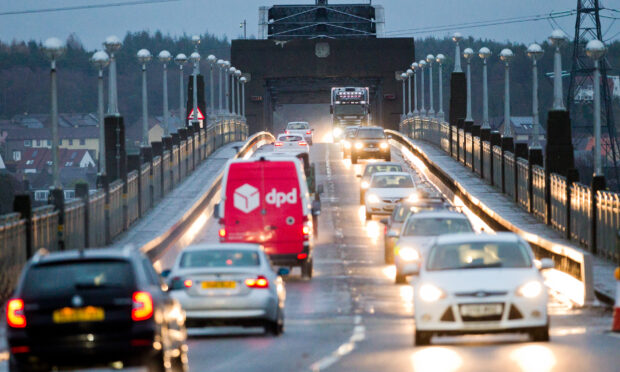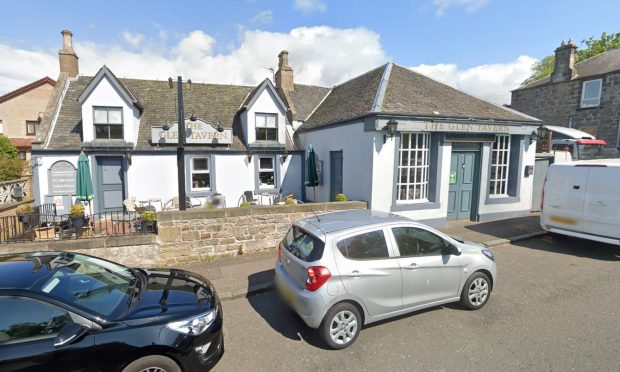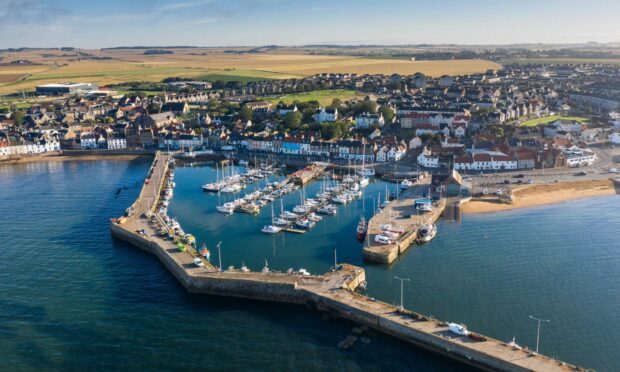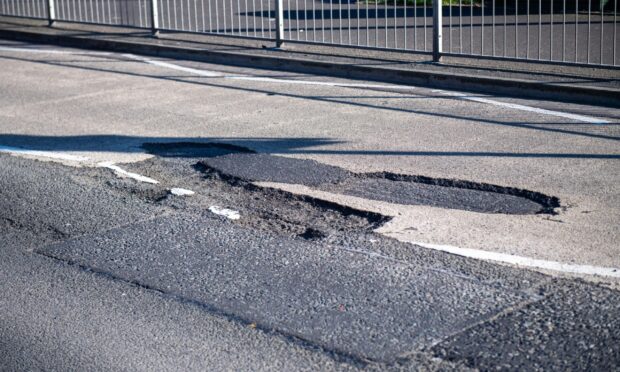A four-year programme of work to waterproof and resurface the Kincardine Bridge has finally come to an end.
The £2.3 million package has been carried out by Transport Scotland and Amey in an effort to protect the ageing crossing over the Forth, which is now in its eighth decade.
Fourteen joint-to-joint spans of the bridge have been refurbished since 2015 when the scheme began.
The works have included concrete repairs, the replacement of the bridge deck waterproofing system, the installation of new bridge expansion joints and resurfacing of the carriageway.
Tom Wallace, account manager for the Scottish South East Trunk Roads Unit, thanked motorists and locals for their understanding.
“We are grateful for the co-operation, patience and support we have had from the local community, Kincardine Community Council, the emergency services, and other key stakeholders in ensuring this complex and extensive maintenance scheme has been delivered on time,” he said.
“Despite challenges presented by Scotland’s weather, and major incidents such as the closure of the Forth Road Bridge in December 2015, this work has progressed steadily and without significant delays.”
A programme of further maintenance work is planned. This will include the replacement of the southern piled viaduct, bridge re-painting, widening of the footways and repairs to the concrete piers.
The works will start in 2021 and measures will be put in place to minimise delays to the travelling public.
Cameron Gair, head of major bridges at Transport Scotland, said: “This significant investment will ensure that the Kincardine Bridge continues to provide motorists with a safe and reliable link across the River Forth.
“We would like to thank the travelling public for their patience as these essential works were carried out and commend staff at Amey for delivering the programme despite some of the challenges that come with Scotland’s weather.
“We are committed to ensuring this landmark crossing continues to play a key role in our trunk road network for years to come.”
The A985 Kincardine Bridge scheme was one of the first works to use Bluetooth data to monitor traffic delays, with real-time updates being communicated to the public via variable message signs.









